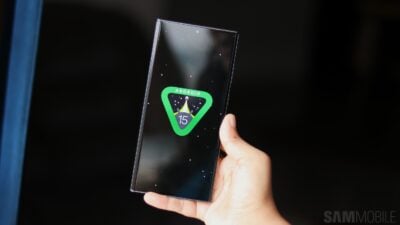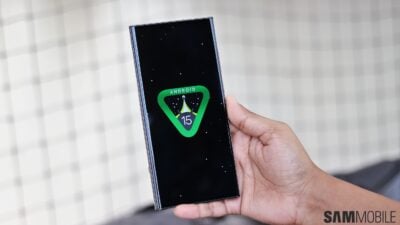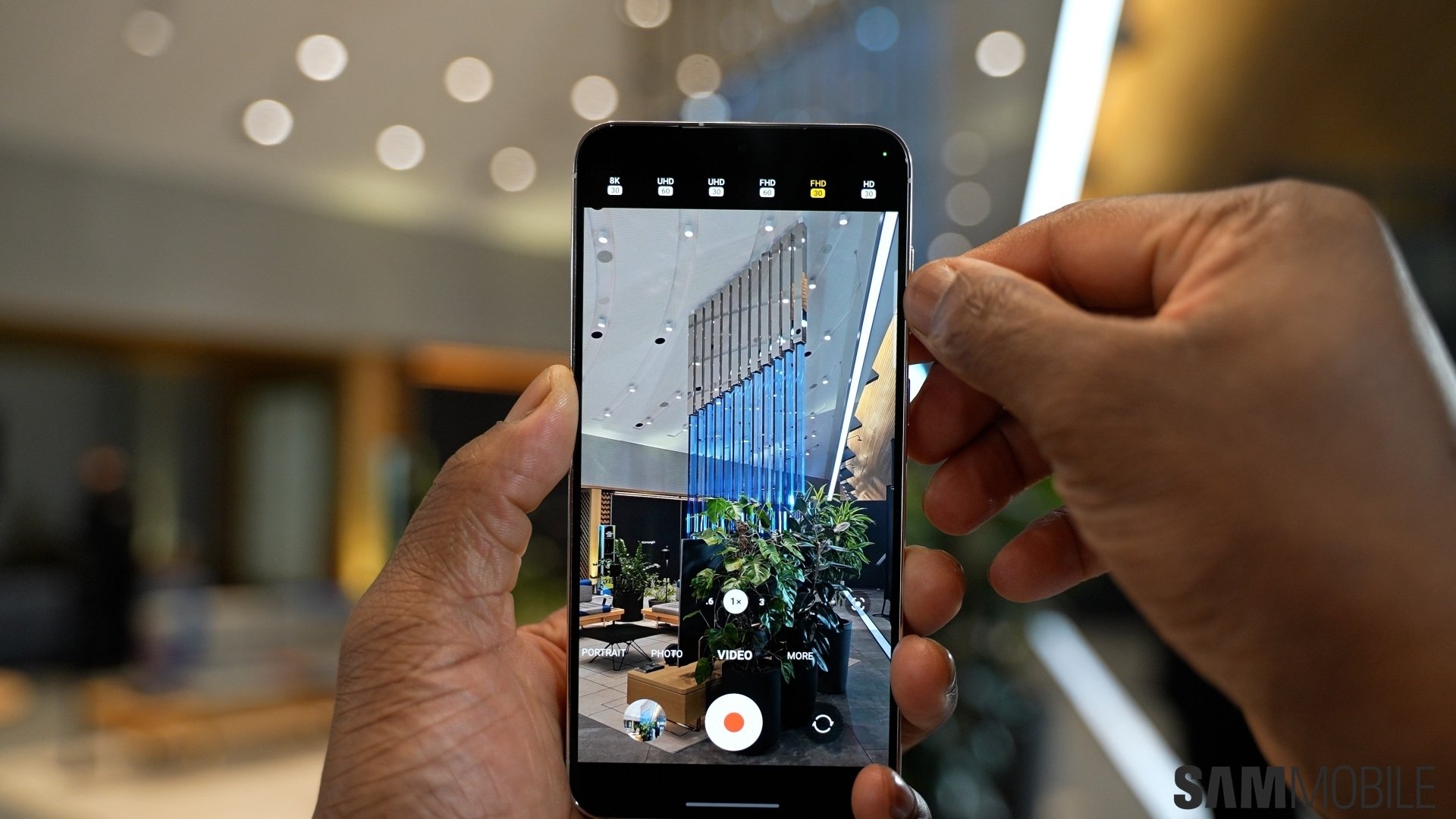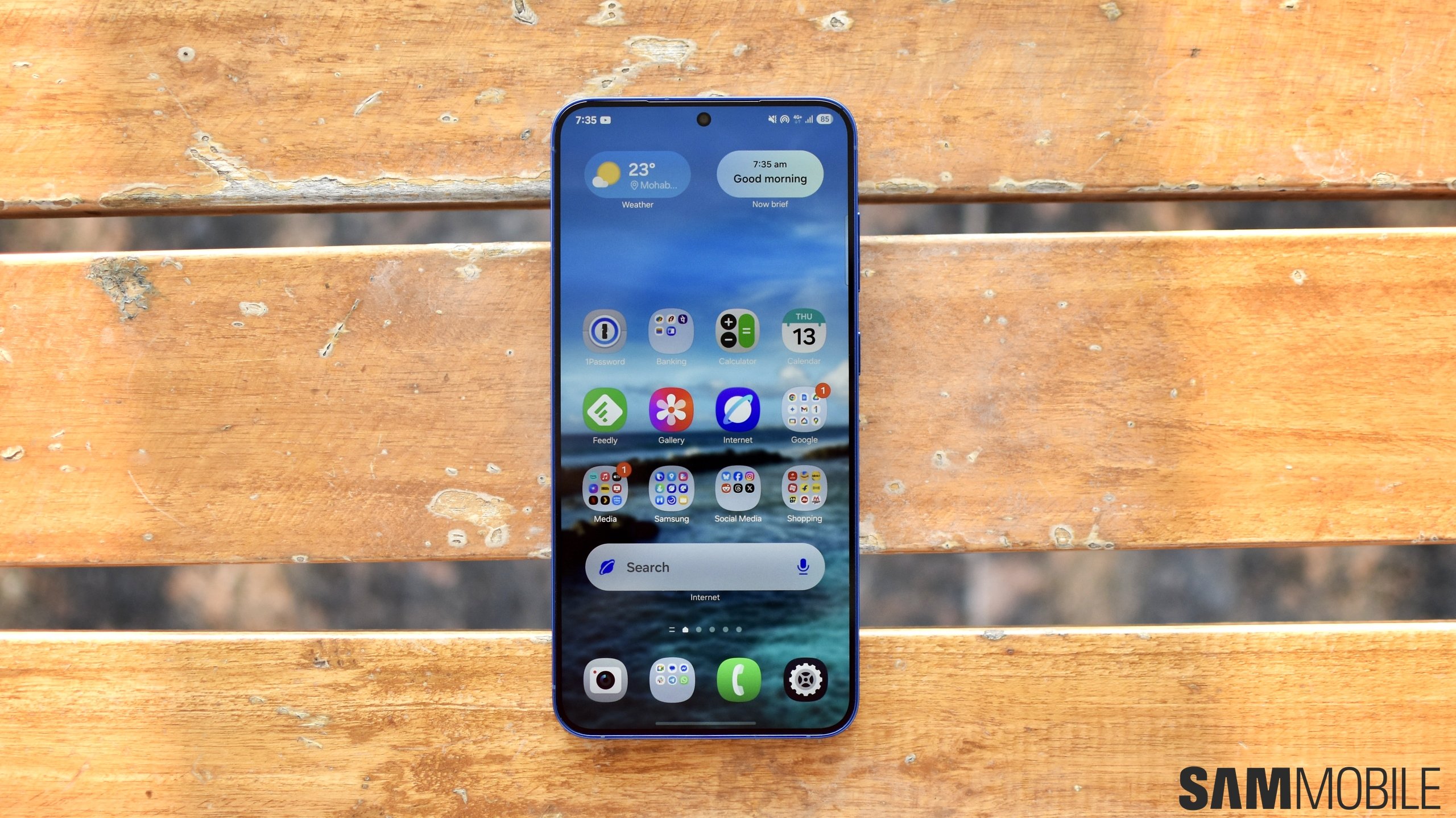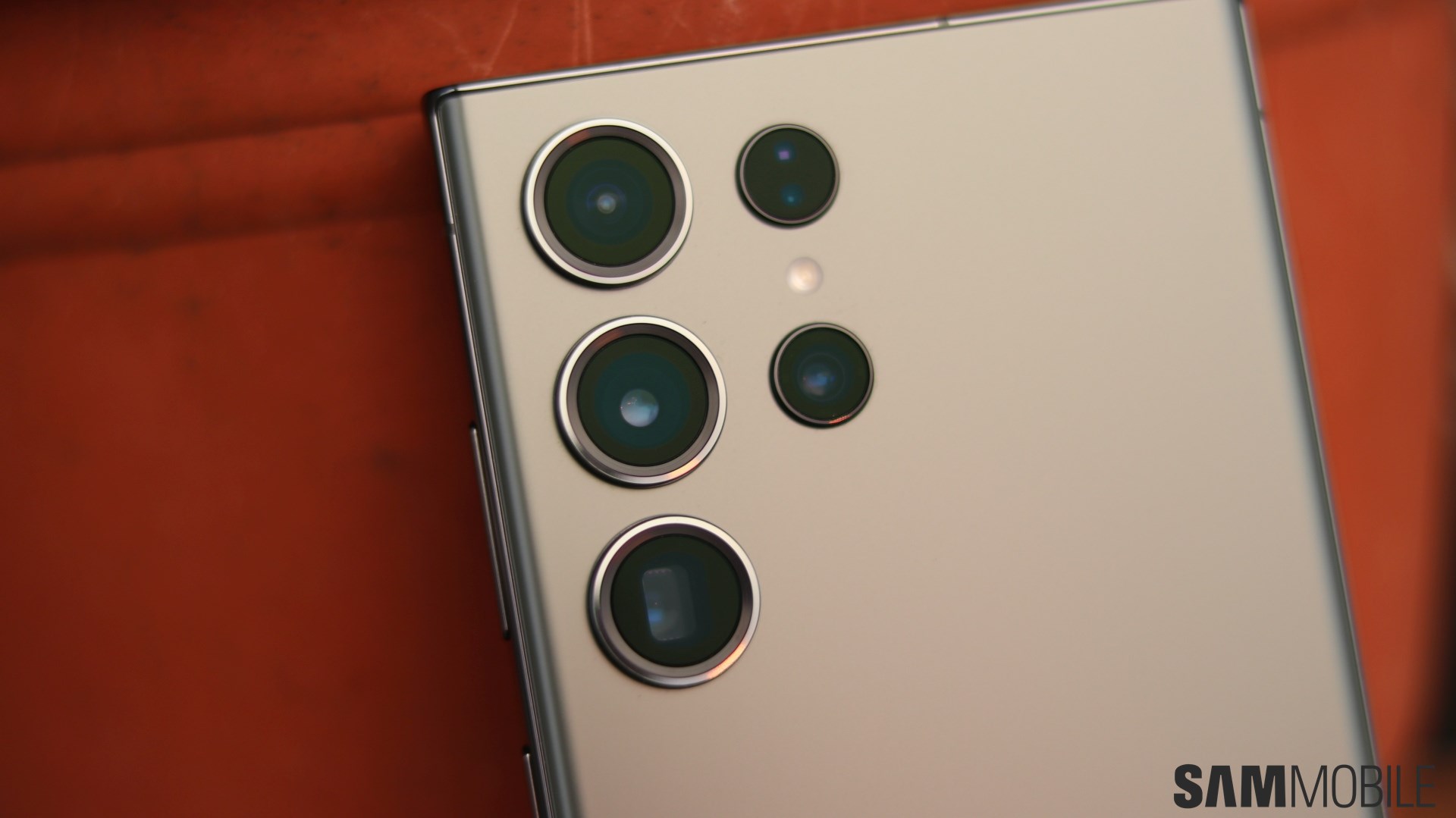
Samsung installed its ISOCELL HP2-based photo booth in the heart of London's Piccadilly Circus, waiting for passersby to come in and surprise them in a big way. Although labeled an “ISOCELL Photo booth,” the movable selfie box looked like a regular booth where people capture fun moments or new ID photos. They had no clue about the mobile camera technology powering the system.
Likewise, Passersby were apparently unaware that Samsung hacked the photo booth and connected it to the iconic billboard screen in the middle of London's Piccadilly Circus. Once they got out of the photo kiosk, they were encouraged to look up, only to see their newly-taken photos showcased on the giant billboard screen. Samsung captured their reactions for a new video it shared on YouTube earlier today.
Although the ISOCELL HP2 photo booth is no longer there, Samsung says it will bring it back on April 15 and 16 and, once again, let people share epic moments on the iconic billboard. It's a clever way to show the power of the ISOCELL HP2 sensor.
The HP2 has a resolution of 200 megapixels, which means it can capture a lot more details than a 50MP or 108MP ISOCELL sensor. Although a high-resolution camera is not required for mobile photography in most cases, this specification does become important when capturing photos that are meant to be enlarged to the size of a building.
The Galaxy S23 Ultra is the only Samsung phone to use the new ISOCELL HP2 200MP camera. The device is also equipped with a 10MP periscope telephoto camera with 10x optical zoom, a secondary 10MP telephoto camera with 3x zoom, and a 12MP ultra-wide shooter. All its sensors boast OIS (optical image stabilization) and Dual Pixel PDAF (phase detection autofocus) or multi-directional PDAF.
[modelinfo model=”SM-S918B”]












